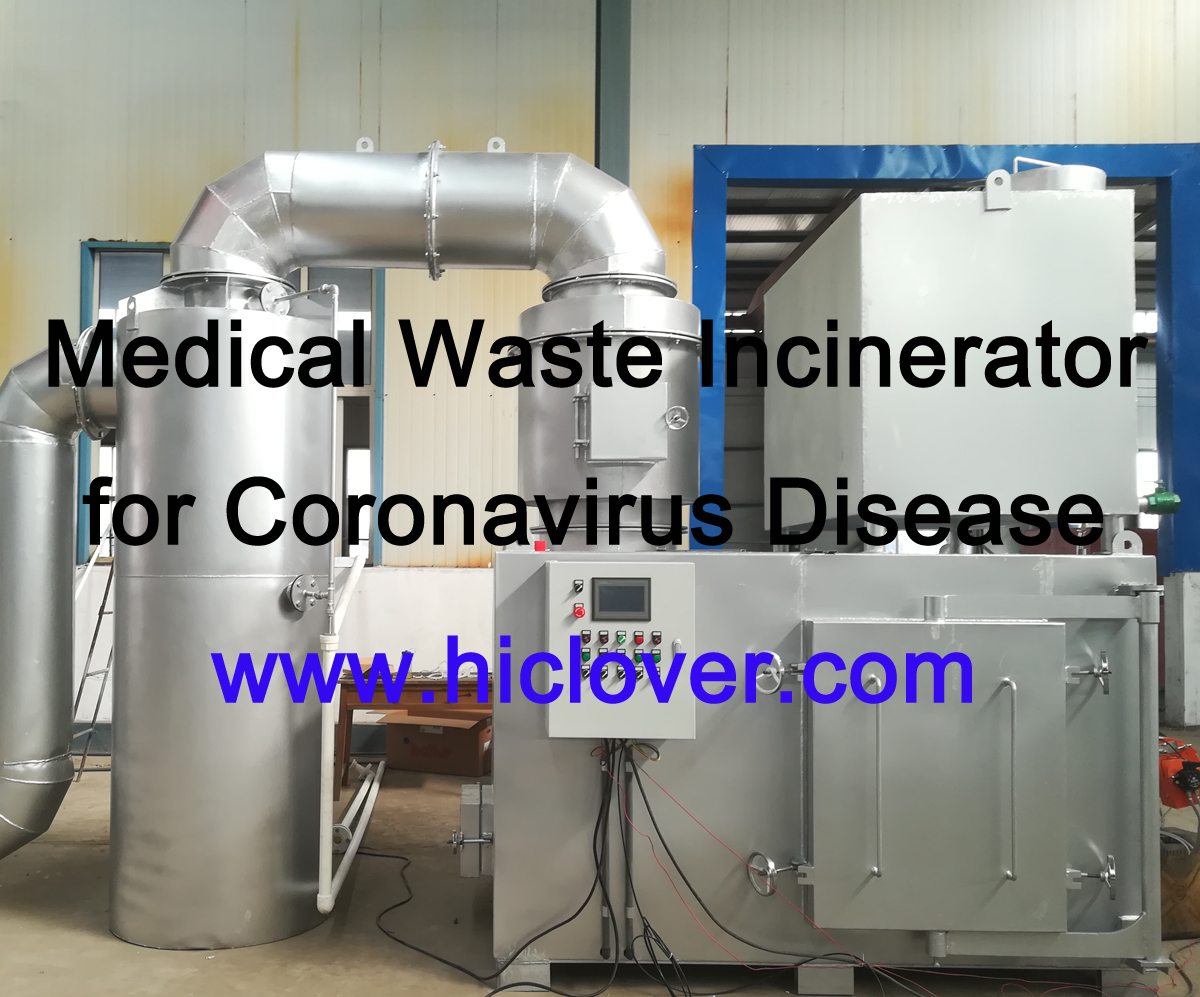From Landfills to Energy: How Garbage to Electricity Power Plants Are Changing the Game
In recent years, there has been a growing emphasis on finding sustainable and renewable sources of energy. One of the most innovative and impactful developments in this field has been the rise of garbage to electricity power plants. These facilities are revolutionizing the way we think about waste management and energy production by turning our trash into a valuable and sustainable resource.
Traditionally, most of our household and industrial waste ends up in landfills, where it decomposes and produces methane gas, a potent greenhouse gas that contributes to climate change. However, with the advent of garbage to electricity power plants, this waste is being harnessed and repurposed to generate electricity, reducing the need for fossil fuels and mitigating the environmental impact of landfilling.
The process begins with the collection and sorting of waste, which is then fed into the power plant’s facility. The waste is combusted in a controlled environment, producing high temperatures that are used to generate steam. This steam, in turn, drives turbines that produce electricity. In addition to electricity, the process also produces heat, which can be utilized for heating systems or industrial processes, making it an efficient and versatile energy source.
One of the major benefits of garbage to electricity power plants is their ability to significantly reduce the volume of waste going to landfills. By diverting this waste to energy production, these facilities help to extend the lifespan of landfills and minimize the environmental impact of waste disposal. Additionally, the production of electricity from waste reduces the need for non-renewable fossil fuels, contributing to a decrease in greenhouse gas emissions and overall environmental sustainability.
Furthermore, garbage to electricity power plants can be integrated into existing waste management infrastructure, allowing for a seamless transition from traditional waste disposal methods to sustainable energy production. This means that communities can continue to manage their waste in a familiar manner while also reaping the benefits of clean and renewable energy generation.
As the demand for sustainable energy sources continues to grow, garbage to electricity power plants are poised to play a crucial role in the future of energy production. By harnessing the potential of our waste and turning it into a valuable resource, these facilities are changing the game and providing a viable solution to both waste management and energy needs.
In conclusion, from landfills to energy, garbage to electricity power plants are proving to be a game-changer in the field of sustainable energy production. By repurposing our waste into a valuable resource, these facilities are not only reducing the environmental impact of landfills but also providing a reliable and renewable source of electricity. As we continue to prioritize sustainability and environmental stewardship, garbage to electricity power plants are paving the way for a greener and more sustainable future.



